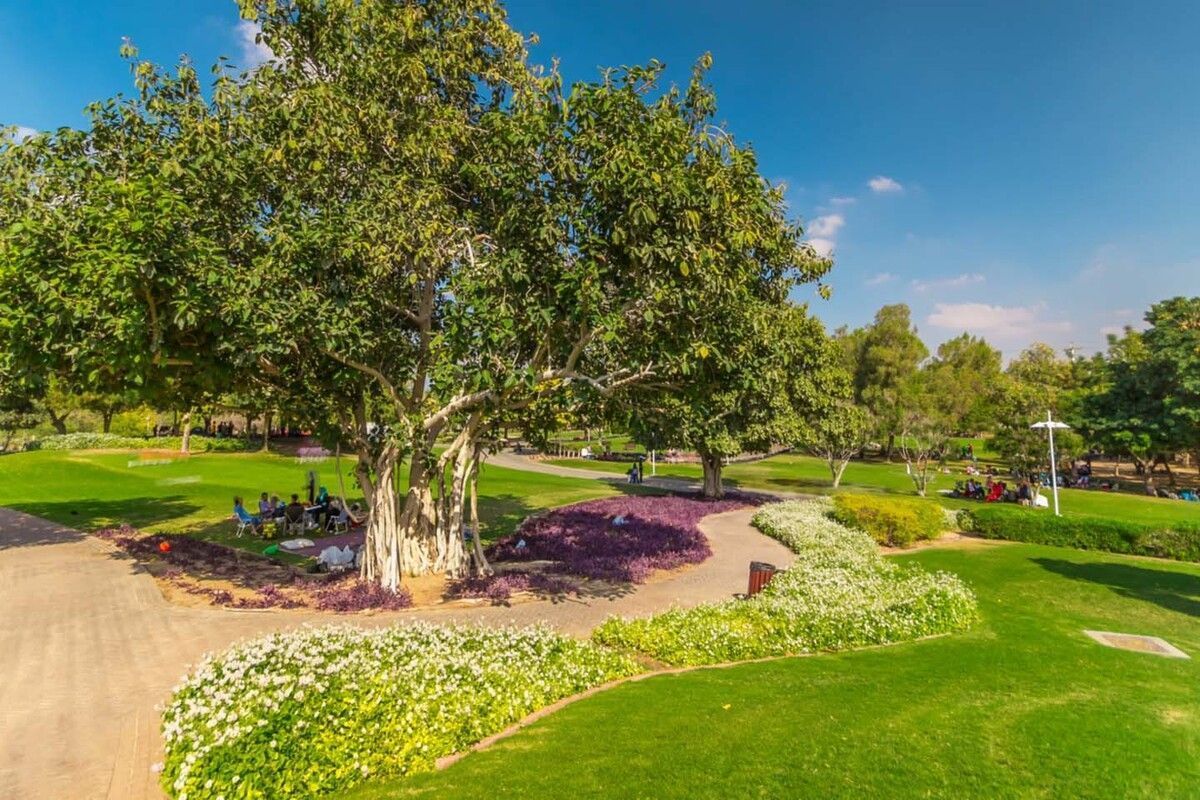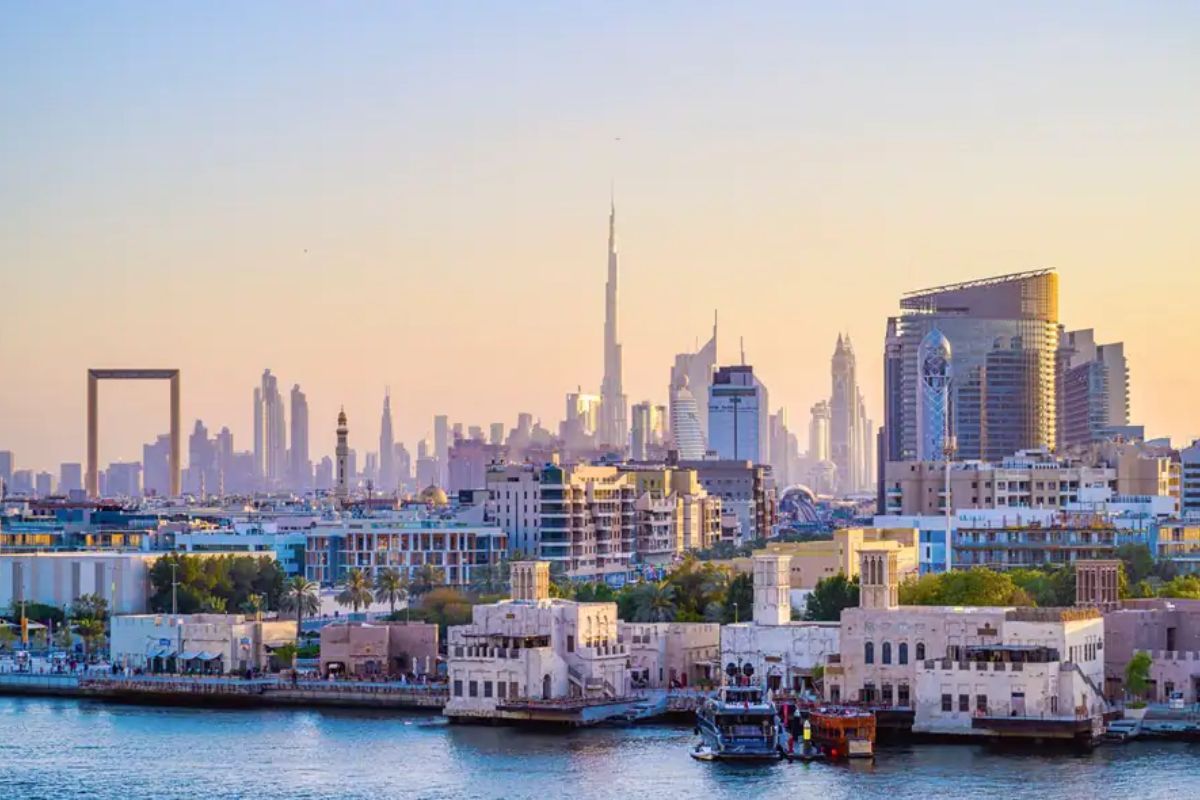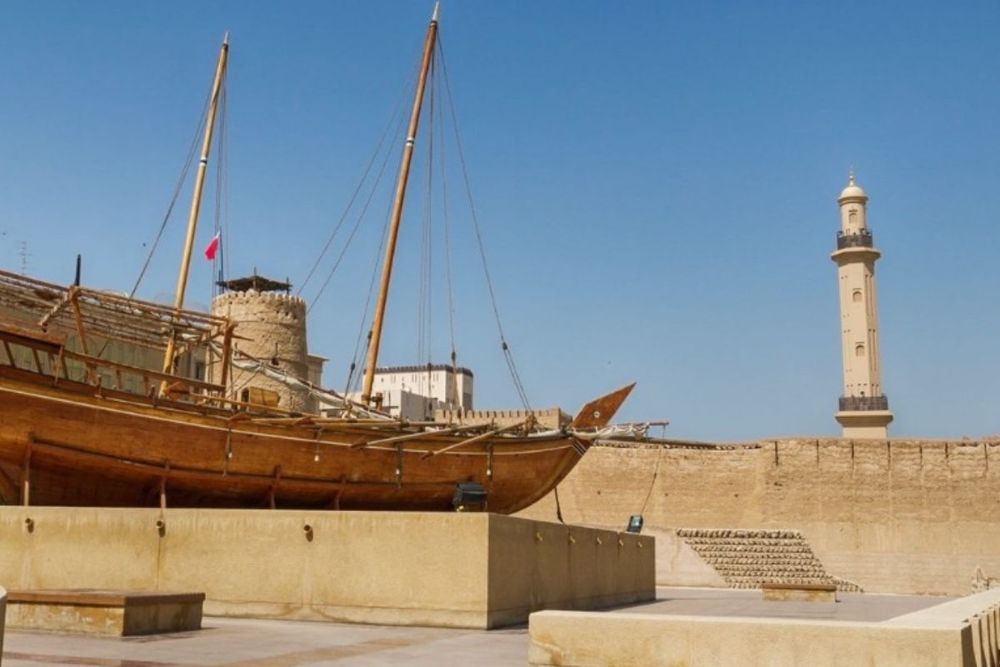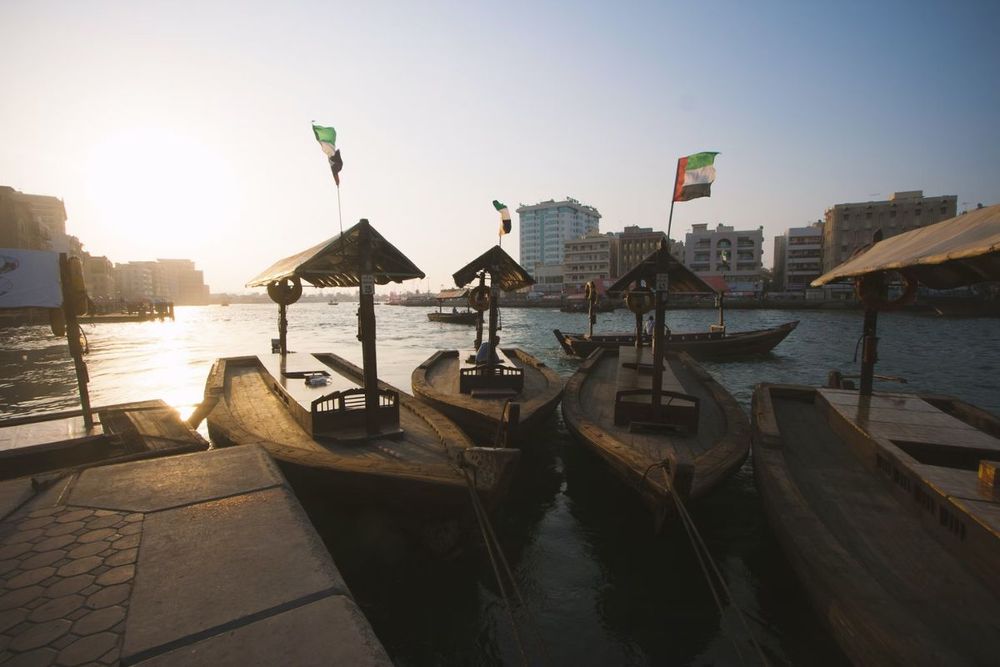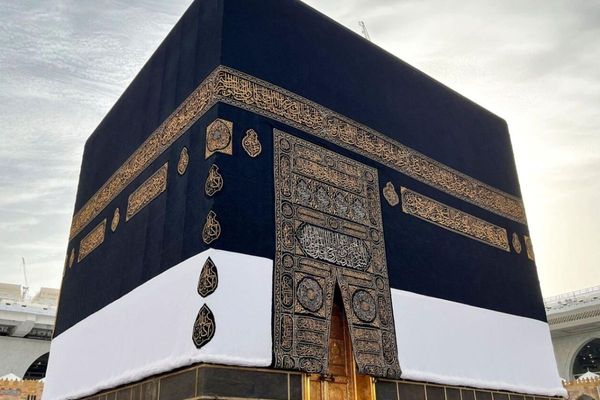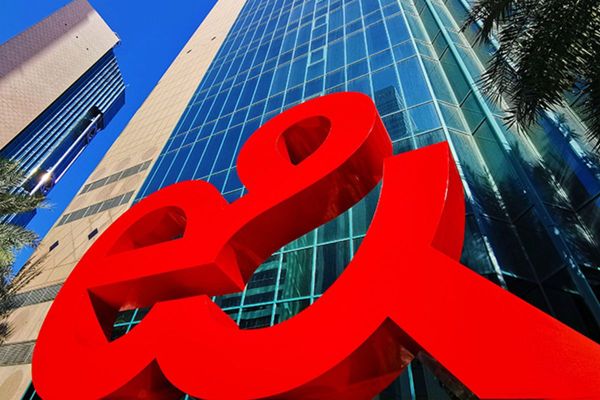Dubai Creek, or Khūr Dubay in Arabic, is a natural saltwater creek and tidal inlet located in the heart of Dubai, United Arab Emirates. Stretching approximately 14 kilometers (9 miles) inland and ranging in width from 200 to 1,200 meters, it historically functioned as a natural port for trade and transport. The creek has an average depth of about 6.5 to 7 meters and was originally extended to Ras Al Khor Wildlife Sanctuary. However, due to recent expansions like the Business Bay Canal and Dubai Canal, it now reaches the Persian Gulf, extending a further 13 kilometers.
Historically significant, Dubai Creek has been a vital part of the region's economic development. In the 1950s, it underwent extensive development, including dredging and the construction of breakwaters. The creek divides the city into two major districts: Deira and Bur Dubai. These areas have witnessed significant transformation over the years, turning Dubai into a contemporary megacity.
Also Read : Deira Dubai - A Guide to Deira area in Dubai
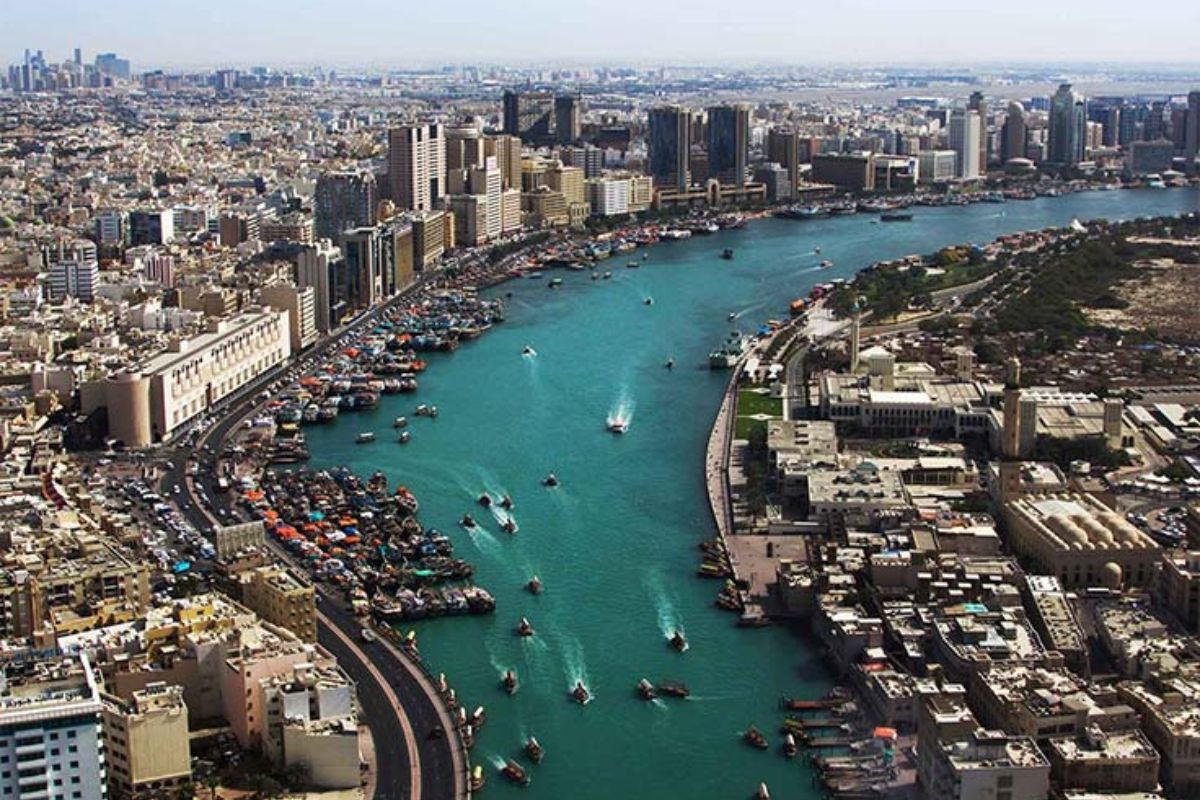
Today, Dubai Creek is not just a hub of commercial and residential activity but also a popular tourist destination, known for its blend of traditional and modern elements. Visitors can enjoy a variety of local restaurants, activities, and attractions along its banks. The creek is also famous for its traditional ‘Abra’ boats, which offer crossings and provide a unique perspective of both old and new Dubai, from traditional dwellings to modern skyscrapers and minarets. This makes Dubai Creek a symbol of Dubai’s rich heritage and its dynamic evolution into a global city.
This article provides comprehensive and detailed information on everything known about Dubai Creek. Continue reading to learn more.
HISTORY
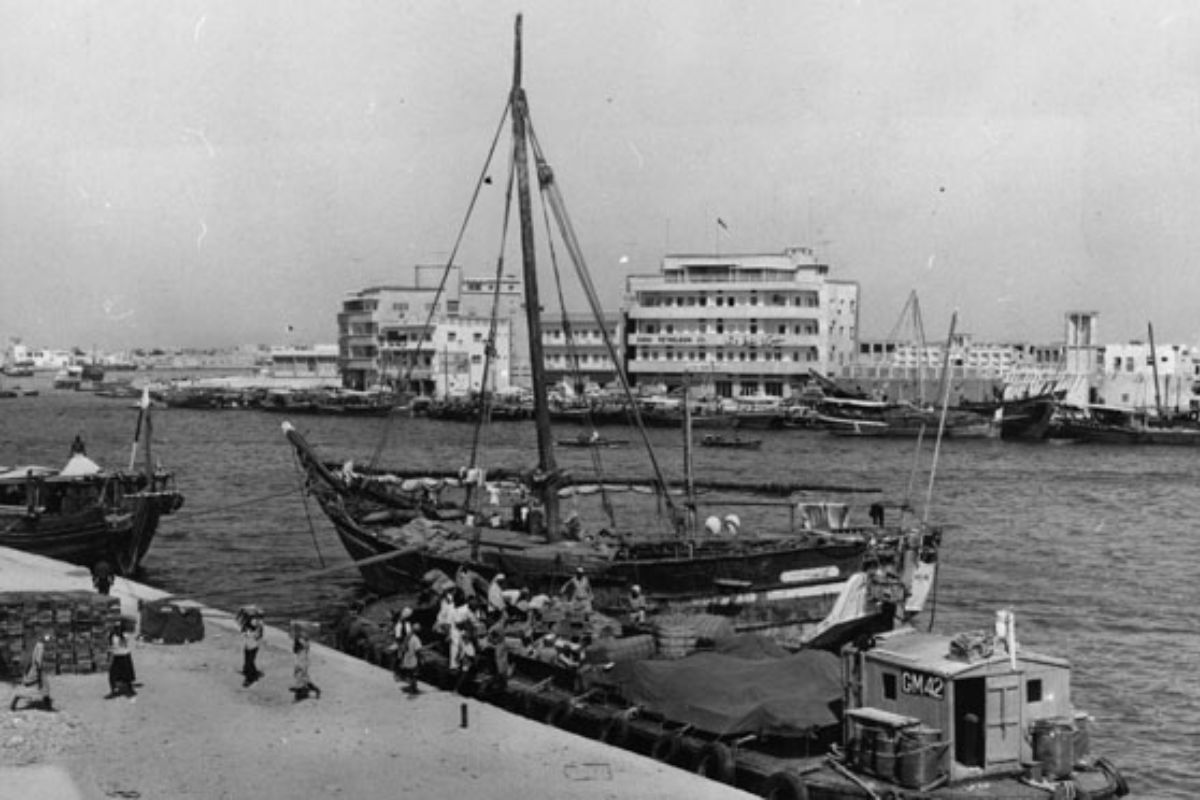
Originating in the 19th century, it was here that the Bani Yas tribe established the Al Maktoum dynasty. Initially serving as a minor port for dhows from distant lands like India and East Africa, the creek played a crucial role in Dubai's early commercial success, despite its limitations in accommodating large vessels. This area was also the heart of Dubai's pearling industry, which was the mainstay of the city's economy until the 1930s, and a hub for the local fishing industry, thanks to its warm, shallow waters, rich in marine life.
In 1955, recognizing its commercial potential, plans were made to develop the creek. This development included dredging shallow areas and building breakwaters, transforming its beach into a quay for efficient cargo handling. The first major dredging in 1961 allowed larger vessels to navigate the creek, enhancing Dubai's edge in re-export over other regional trading centers. Further dredging in the 1960s and 1970s increased its capacity for local and coastal shipping.
1963 marked a significant milestone with the construction of the Al Maktoum Bridge, linking Bur Dubai and Deira. Although the creek's role as a primary port lessened with the development of Jebel Ali Port, it remains vital, with facilities like Port Saeed still active.
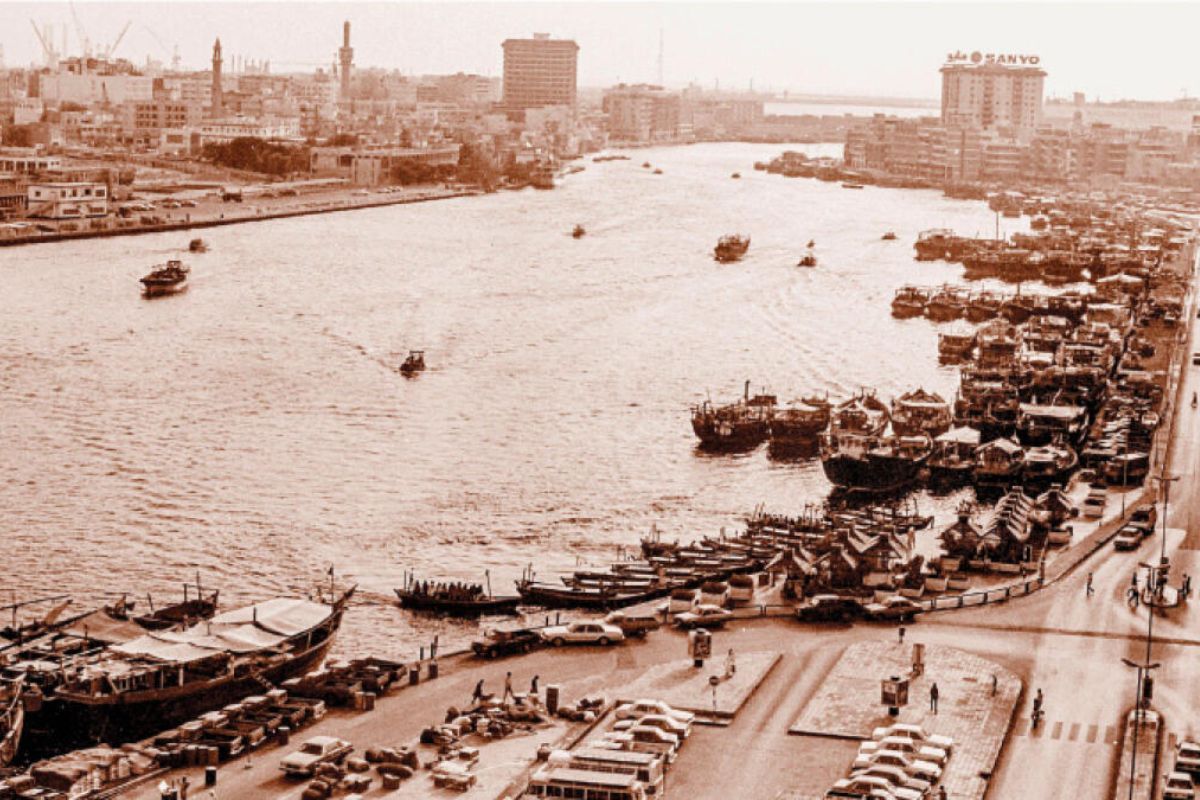
Key Historical Milestones of Dubai Creek:
- 1822: Earliest known reference to Dubai Creek as a navigable waterway.
- 1902: Sheikh Maktoum bin Hasher, the ruler of Dubai, declares Dubai Creek a free trade zone, spurring major trade activities.
- 1937: The first plane lands on Dubai Creek, marking the beginning of air transport in the region.
- 1950s: Dubai Creek is dredged and widened, allowing larger vessels to access the port. This significantly boosts trade in the area.
- 1955: The creek undergoes further expansion to accommodate ships of up to 500 tonnes.
- 1961: Dubai Creek becomes a hub for the loading and unloading of cargo, following its first major dredging.
- 1963: The construction of Al Maktoum Bridge, the first bridge in Dubai, connects Deira and Bur Dubai, revolutionizing transportation across the creek.
- 1989: Sheikh Mohammed bin Rashid Al Maktoum initiates the creation of the Dubai Creek Golf & Yacht Club.
- 2007: A significant development project worth $132 million is completed, further modernizing the Dubai Creek area.
ATTRACTIONS
Dubai Creek, a bustling hub of culture and activity, offers an array of attractions, each presenting a unique facet of Dubai's rich heritage and modern lifestyle:
Abra Rides
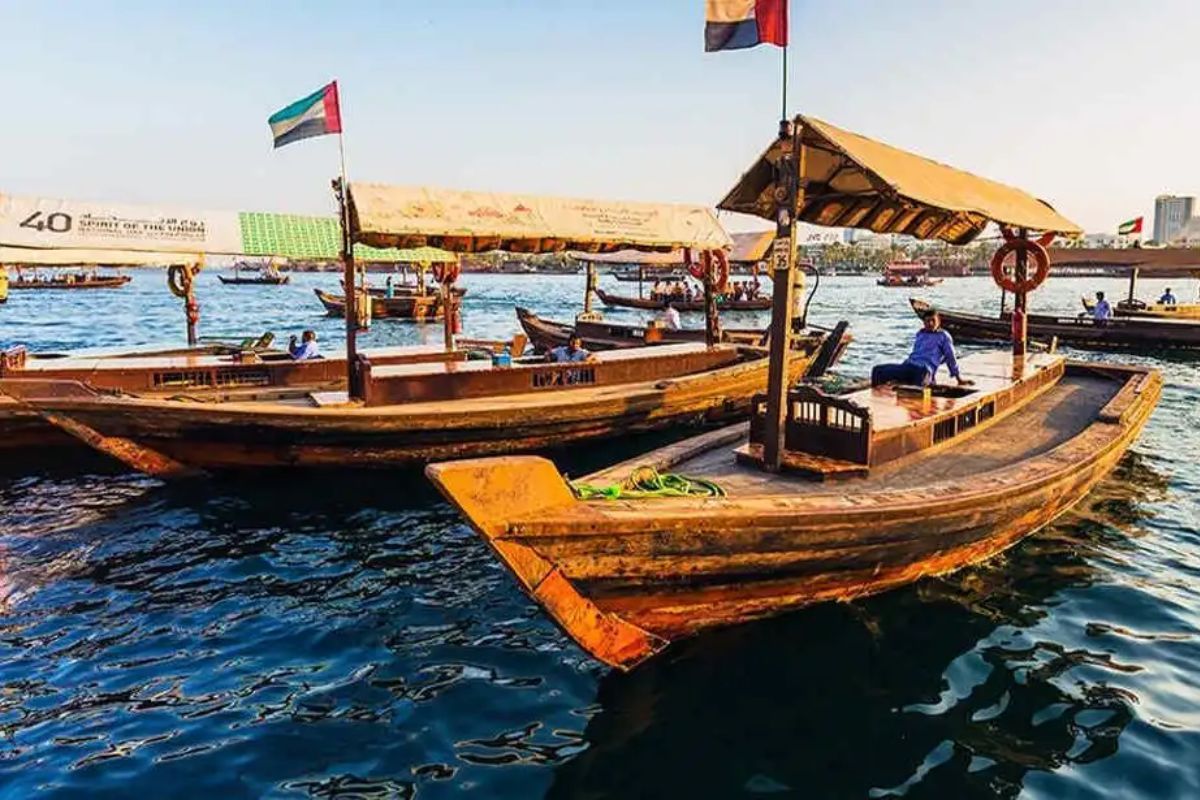
The abra rides across Dubai Creek are a must-try. For just one dirham, these traditional boats provide a charming view of the historic areas of Deira and Bur Dubai. The Al Fahidi neighborhood is a popular spot to embark on this quintessential Dubai experience.
Dubai Frame
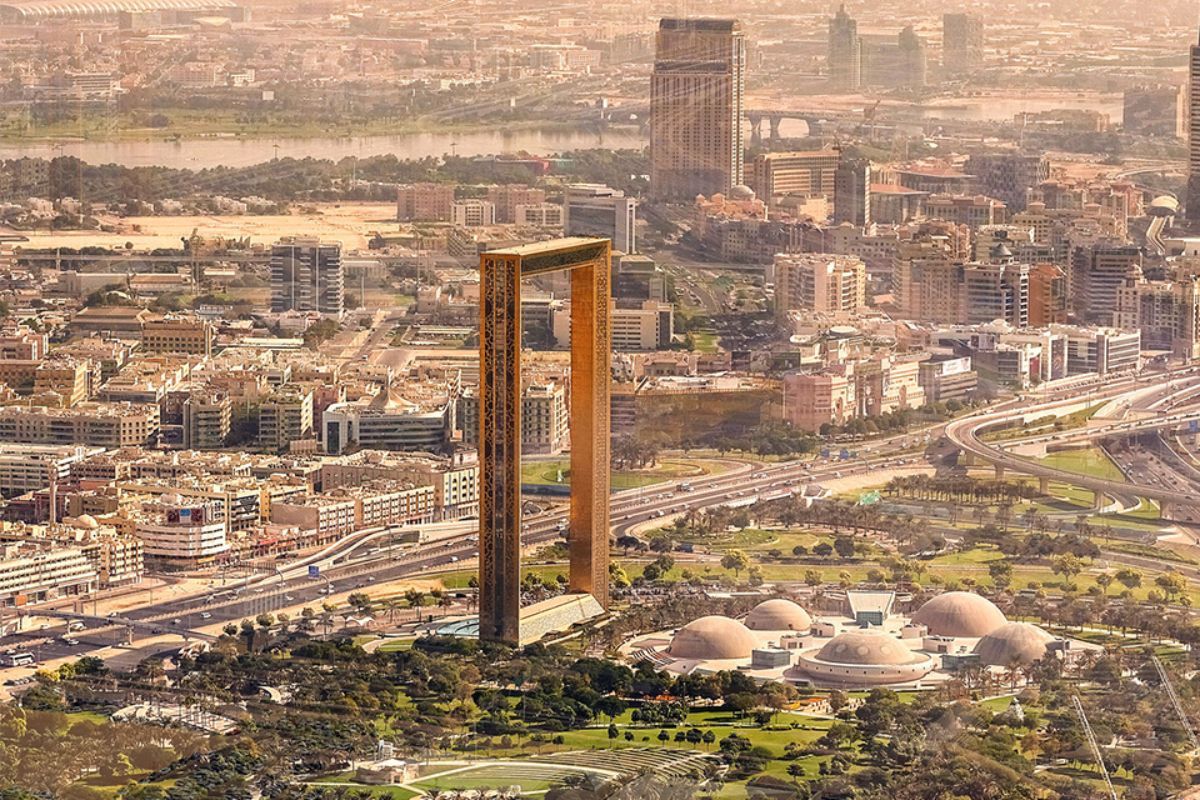
Located in Zabeel Park, the Dubai Frame is a striking architectural landmark offering panoramic views of both old and new Dubai from a 150-meter-high sky-glass bridge. Walking on its transparent floor is a thrilling experience.
Dubai Creek Golf & Yacht Club
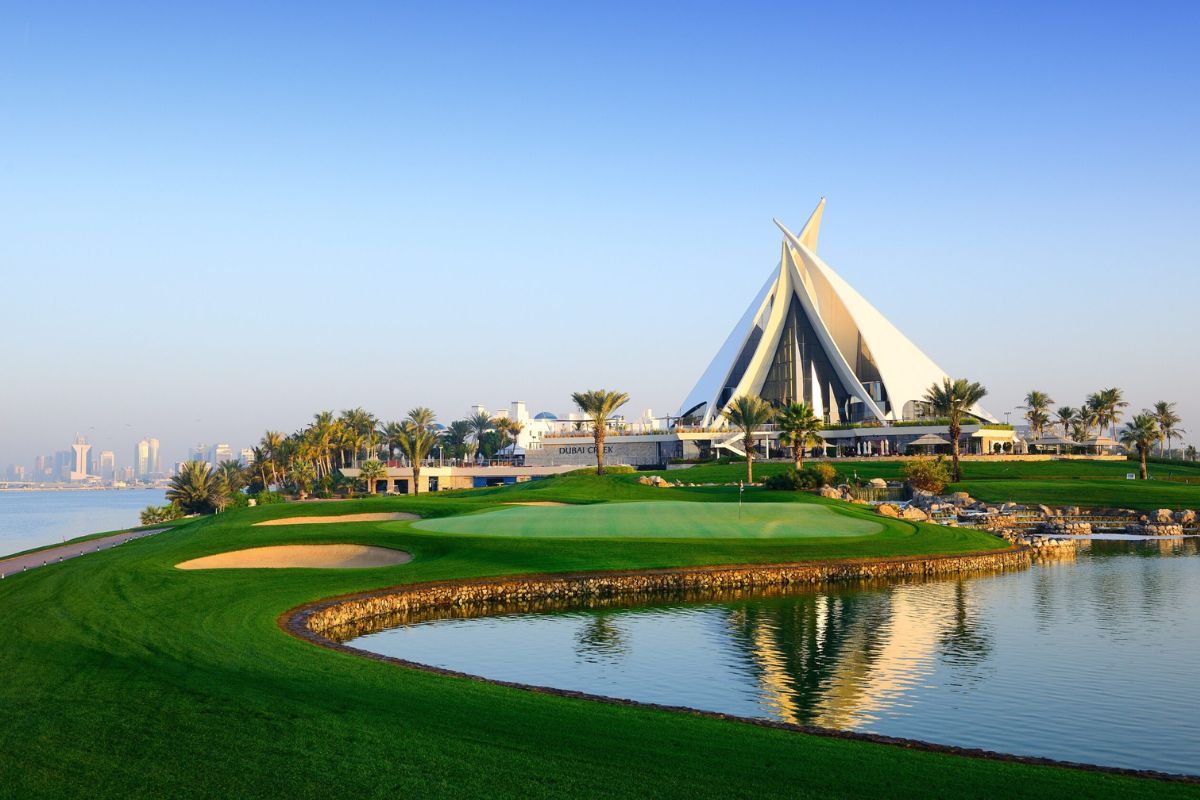
This renowned golf club near Dubai Creek features a picturesque 18-hole course. It's a favorite for golf enthusiasts, offering state-of-the-art facilities and a unique golfing experience on a platform over the creek.
Dubai Creek Park
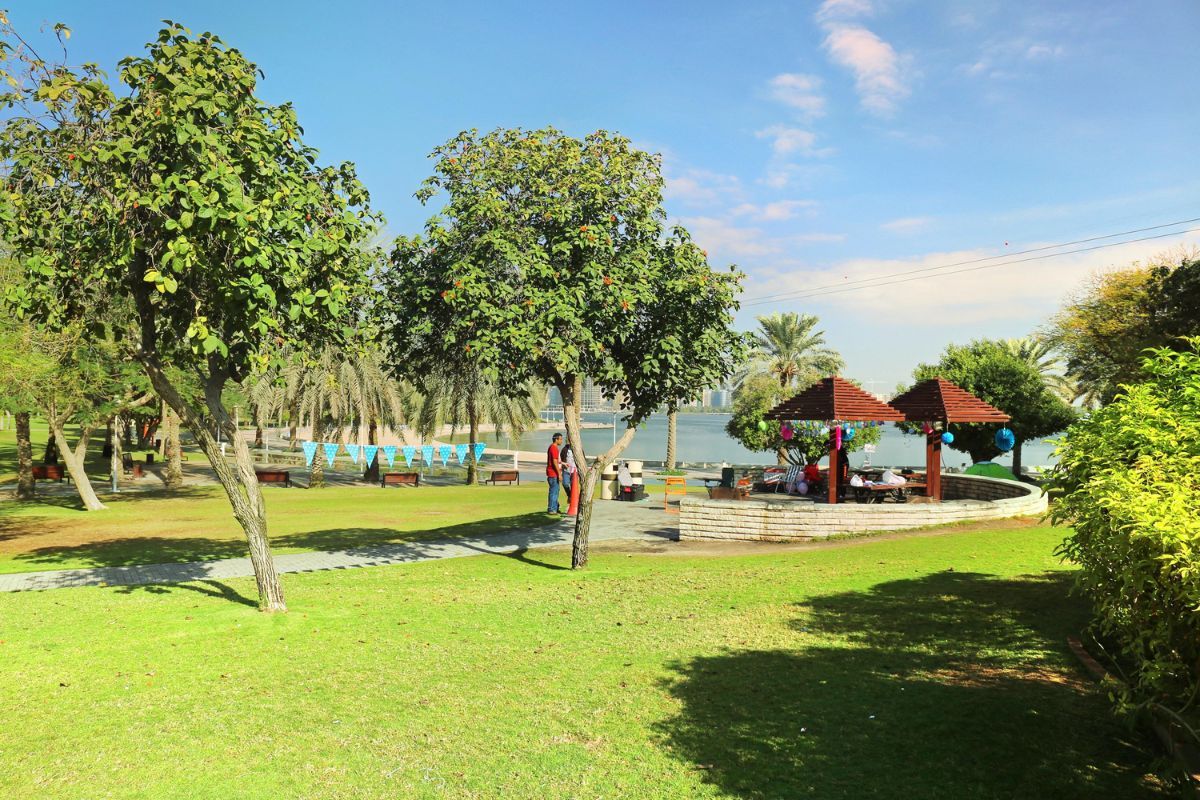
As the second-largest park in Dubai, it's a green oasis perfect for picnics, cycling, and family activities, with stunning views of the creek.
Children’s City
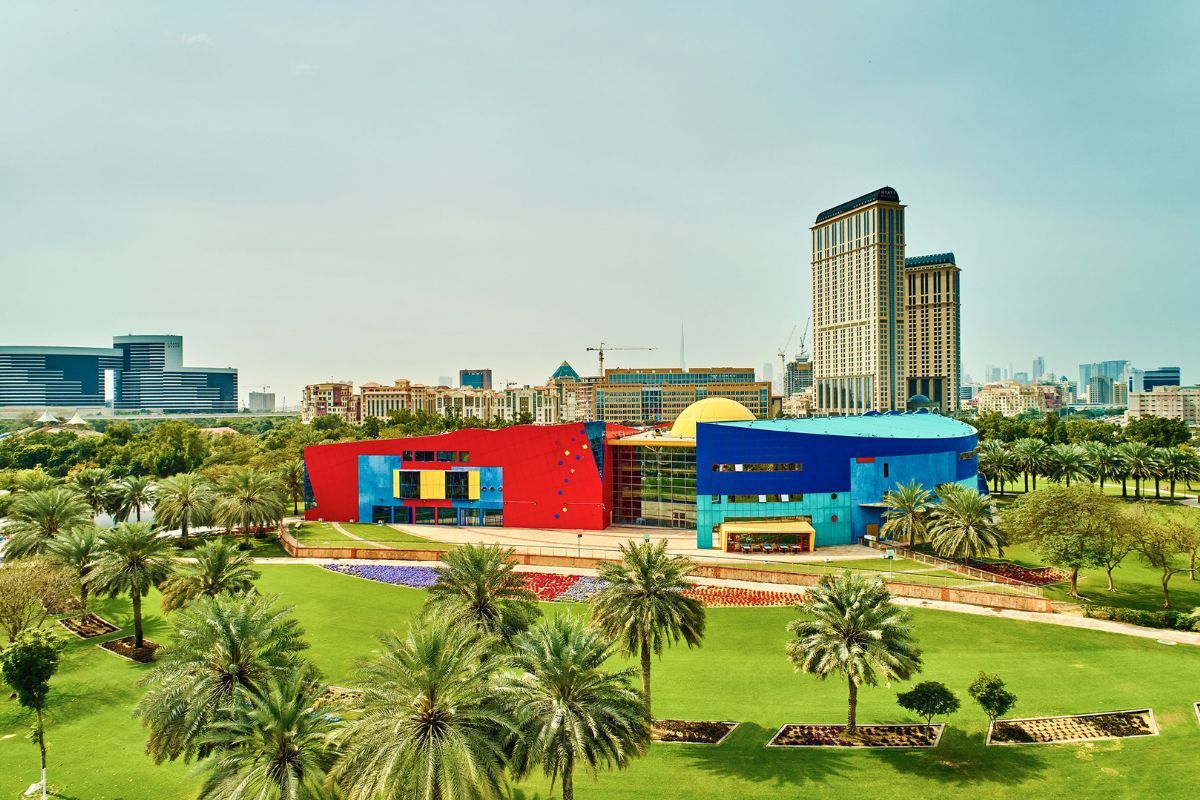
Located within Dubai Creek Park, this educational center is designed for children of all ages, featuring interactive exhibits, a planetarium, and galleries that make learning fun and engaging.
Fireworks and Entertainment
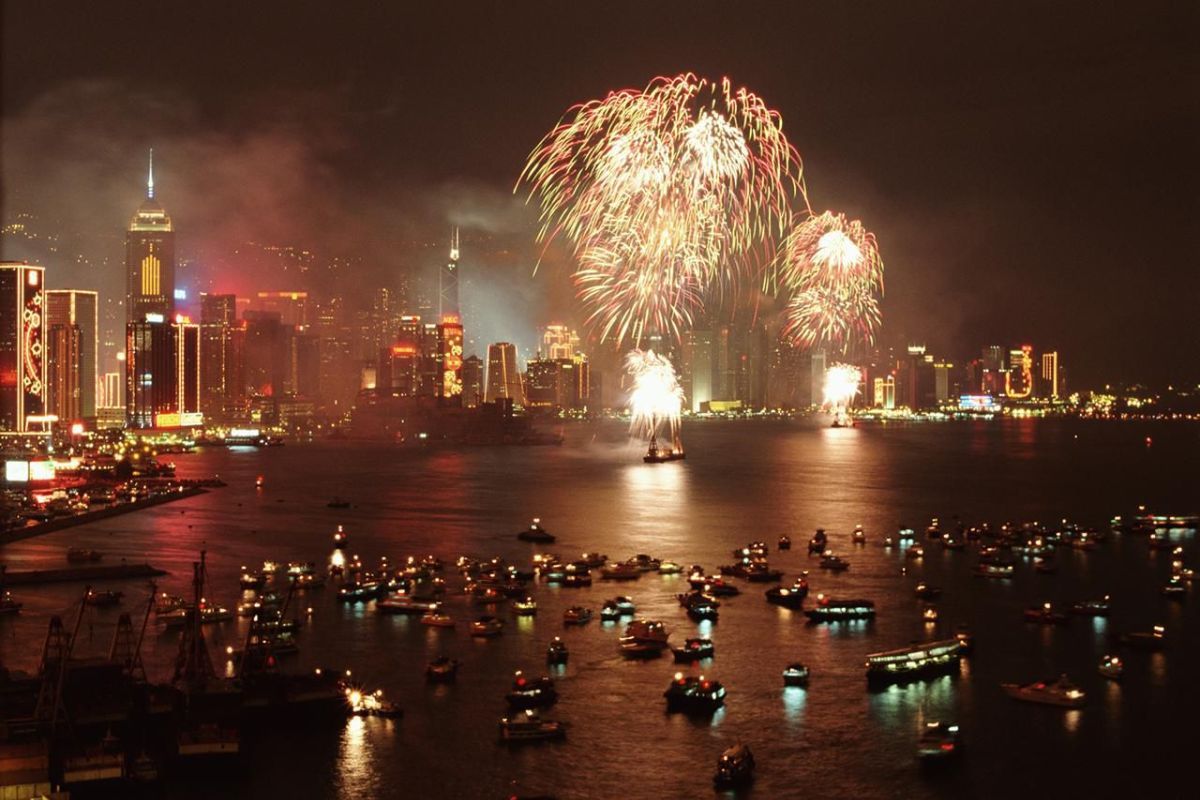
Dubai Creek is a prime spot for enjoying various festivals and celebrations with fireworks and live entertainment, drawing crowds for national holidays and special events.
Museum of Illusions
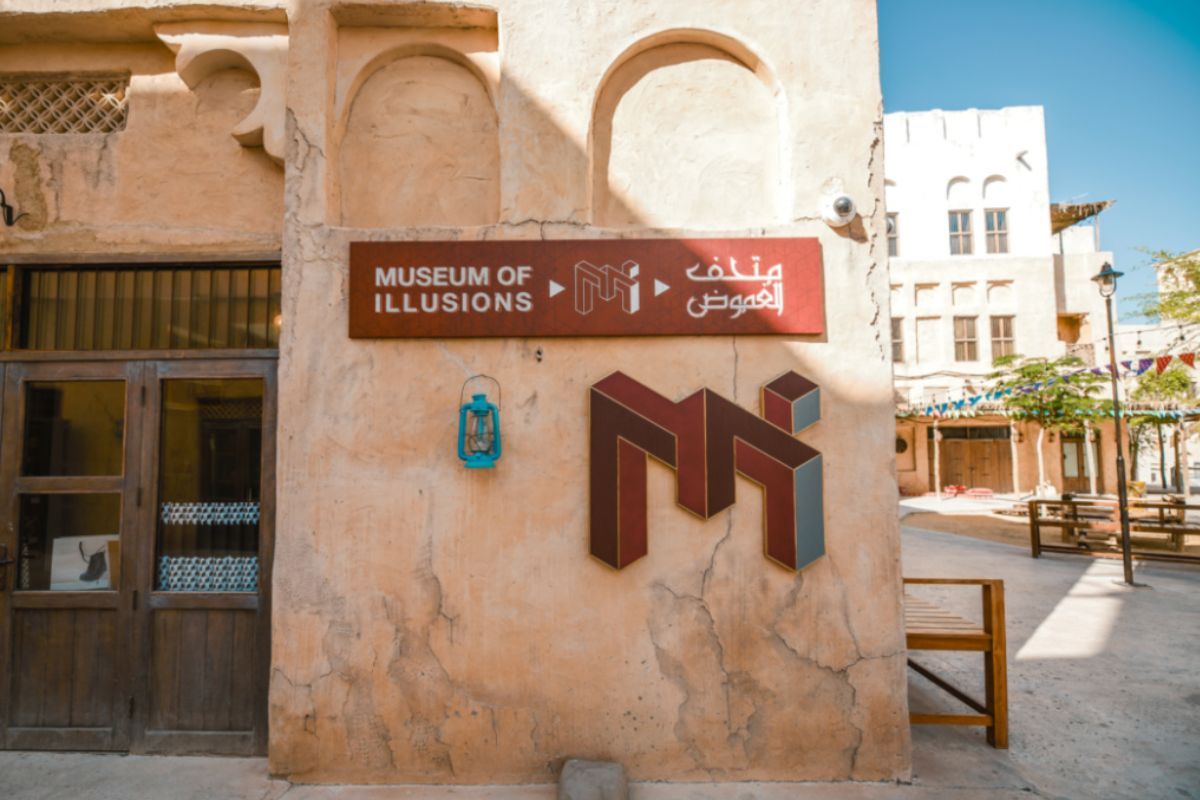
Situated in Al Seef, this museum challenges perceptions with its mind-bending exhibits, making it a fun destination for all ages.
Sheikh Mohammed Centre for Cultural Understanding

This cultural center offers insightful interactions with Emirati hosts, traditional cuisine, and heritage tours, providing a deeper understanding of the UAE's culture and history.
Strolling along Dubai Creek

The walk along Dubai Creek is a delightful experience, stretching from Al Fahidi to Al Seef. The path is lined with souks, shops, and restaurants, blending traditional Arabic architecture with modern elements.
Meena Bazaar
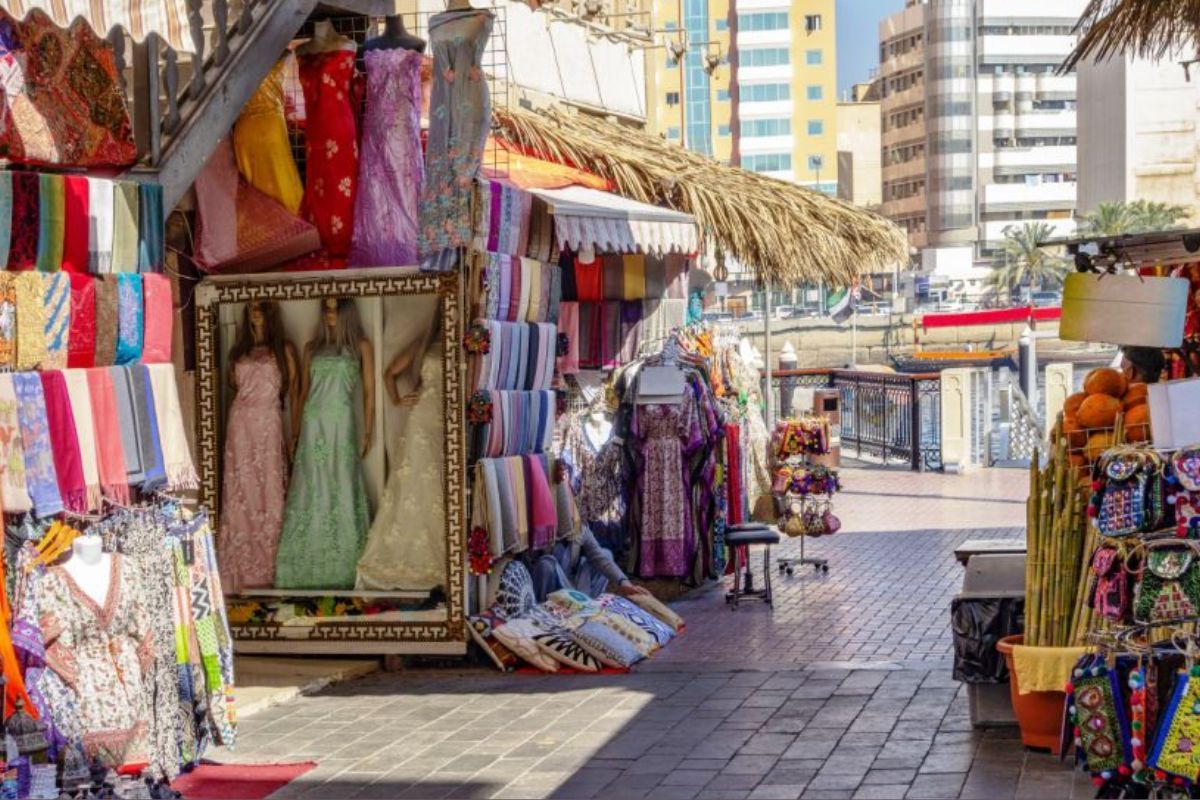
Located in Al Fahidi, this bustling market offers a variety of goods, from textiles and spices to jewelry, reflecting Dubai's multicultural vibrancy.
Al Fahidi Historical Neighbourhood and Al Shindagha Museum
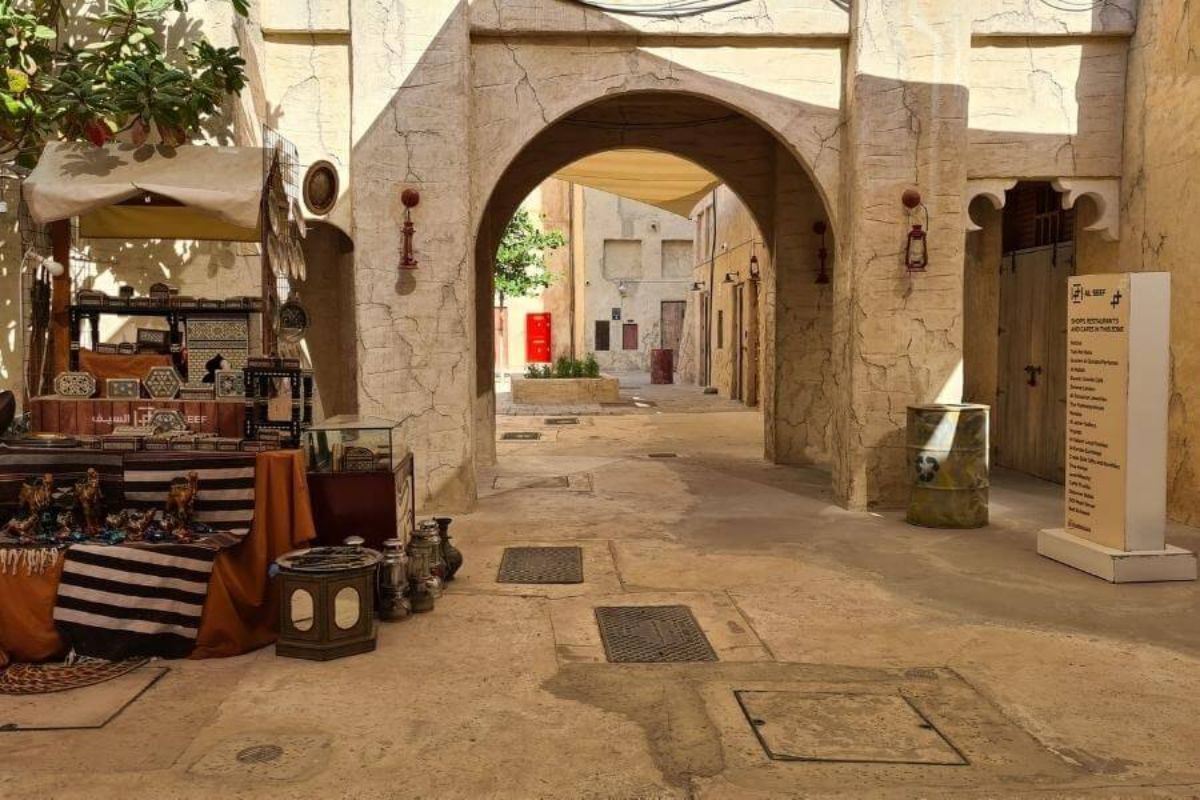
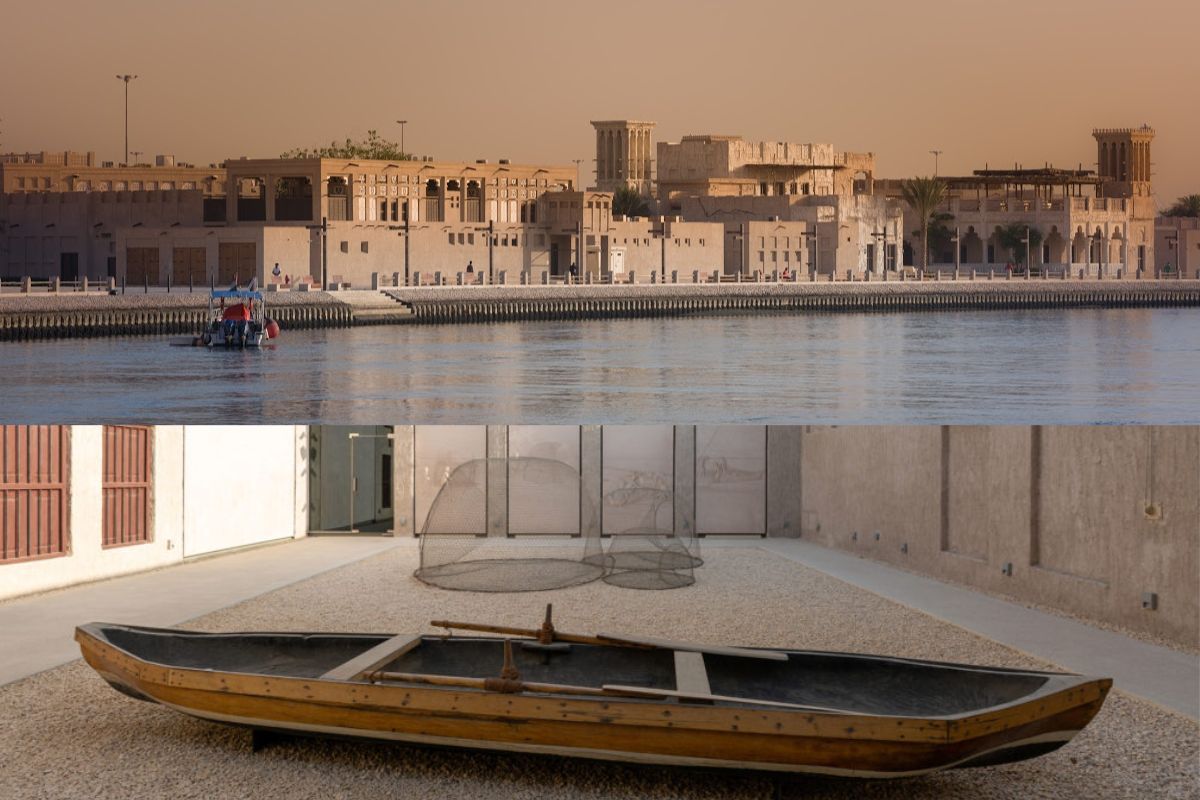
These areas offer a glimpse into Dubai's past with restored buildings and museums showcasing the city's rich history and cultural heritage.
Dubai Gold Souk and Spice Souk
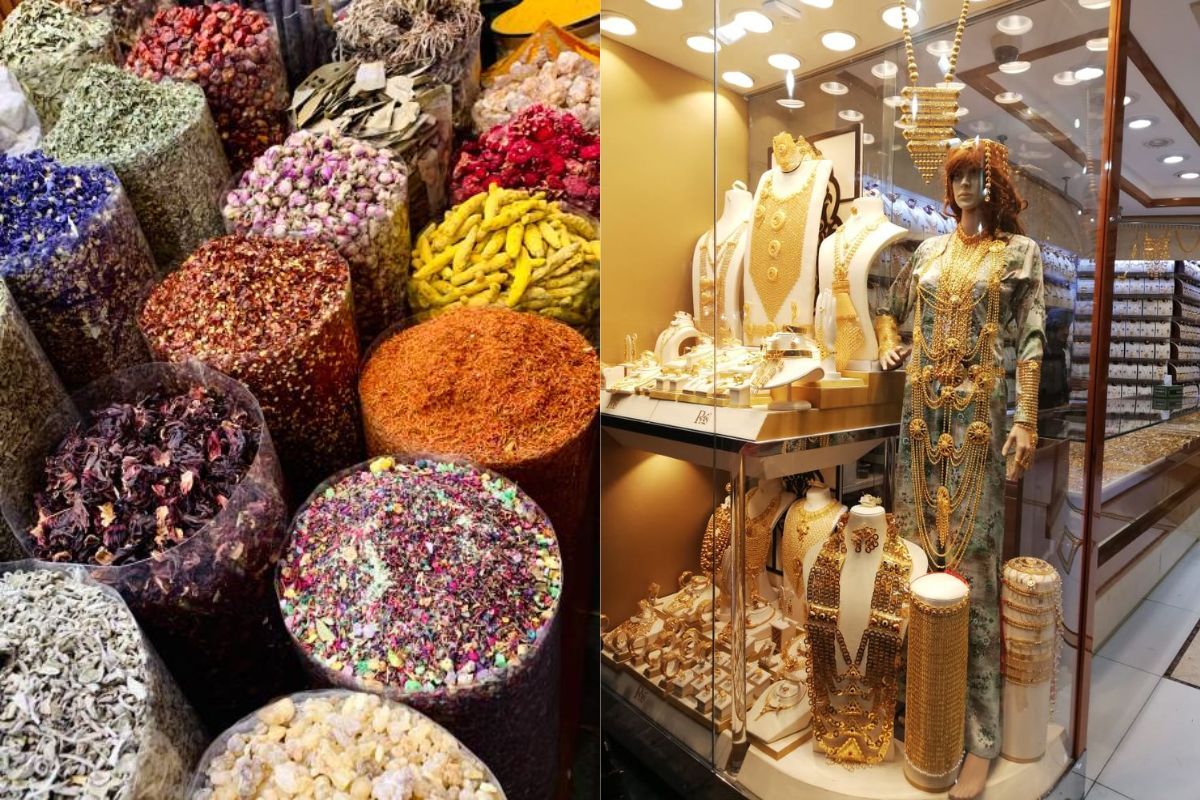
Located in Deira, these traditional markets offer a sensory overload with their array of gold jewelry, spices, and other exotic items.
Dubai Museum & Al Fahidi Fort
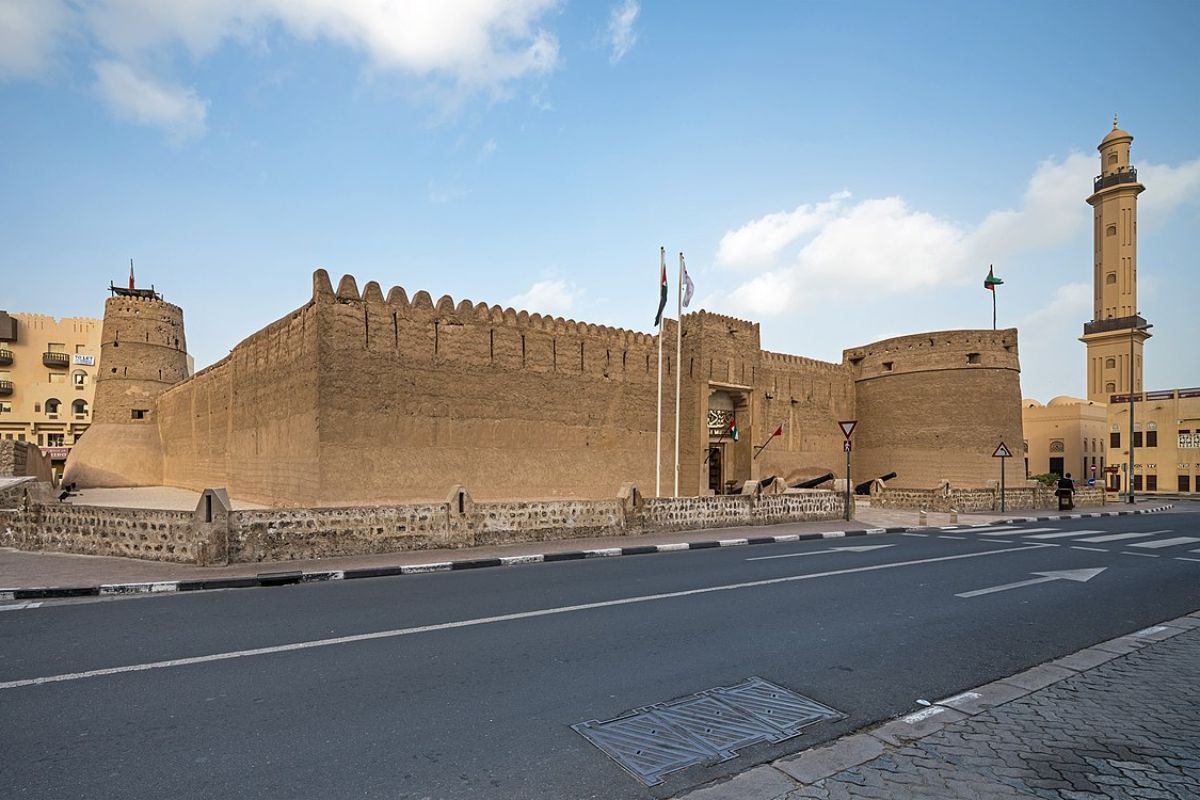
This museum, set in Dubai’s oldest building, uses life-size dioramas to depict the city’s past, providing a window into life before the oil boom.
Crossroad of Civilizations Museum
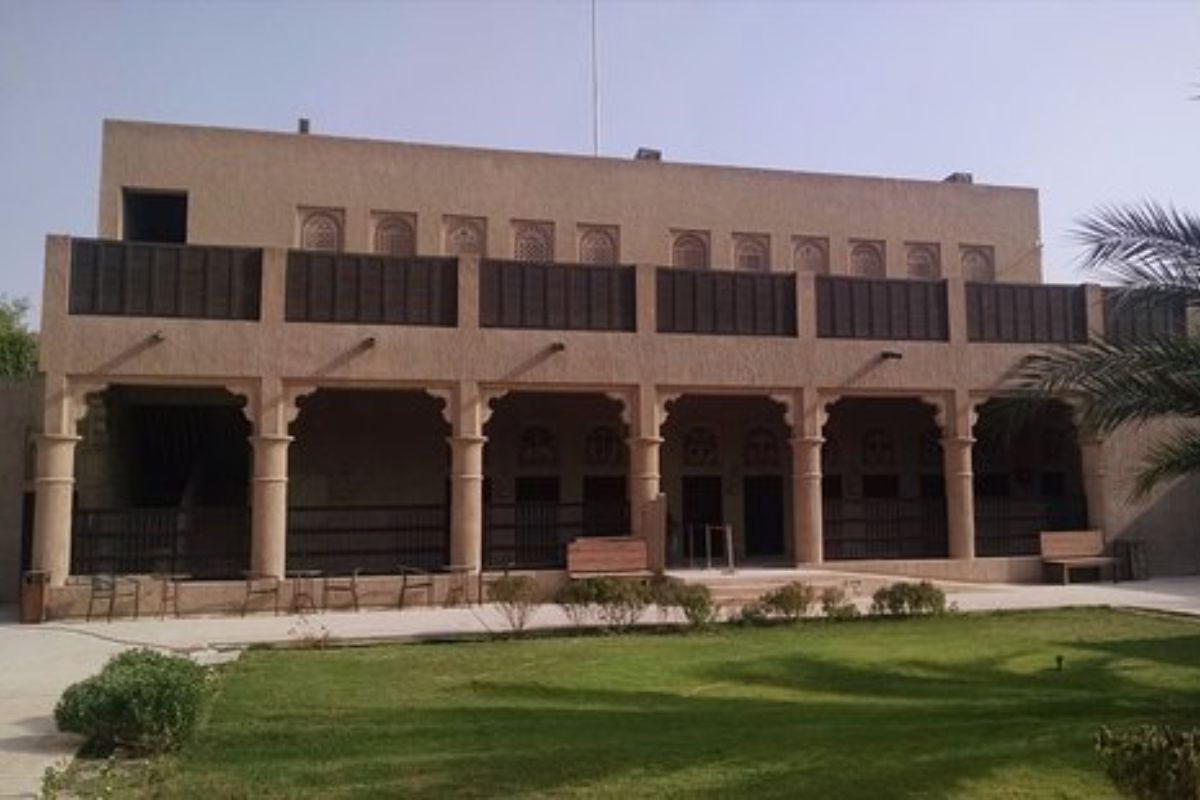
This museum complex celebrates Dubai's role as a trade hub throughout history, showcasing the interplay of different cultures.
Coffee museum and Dubai Heritage Village
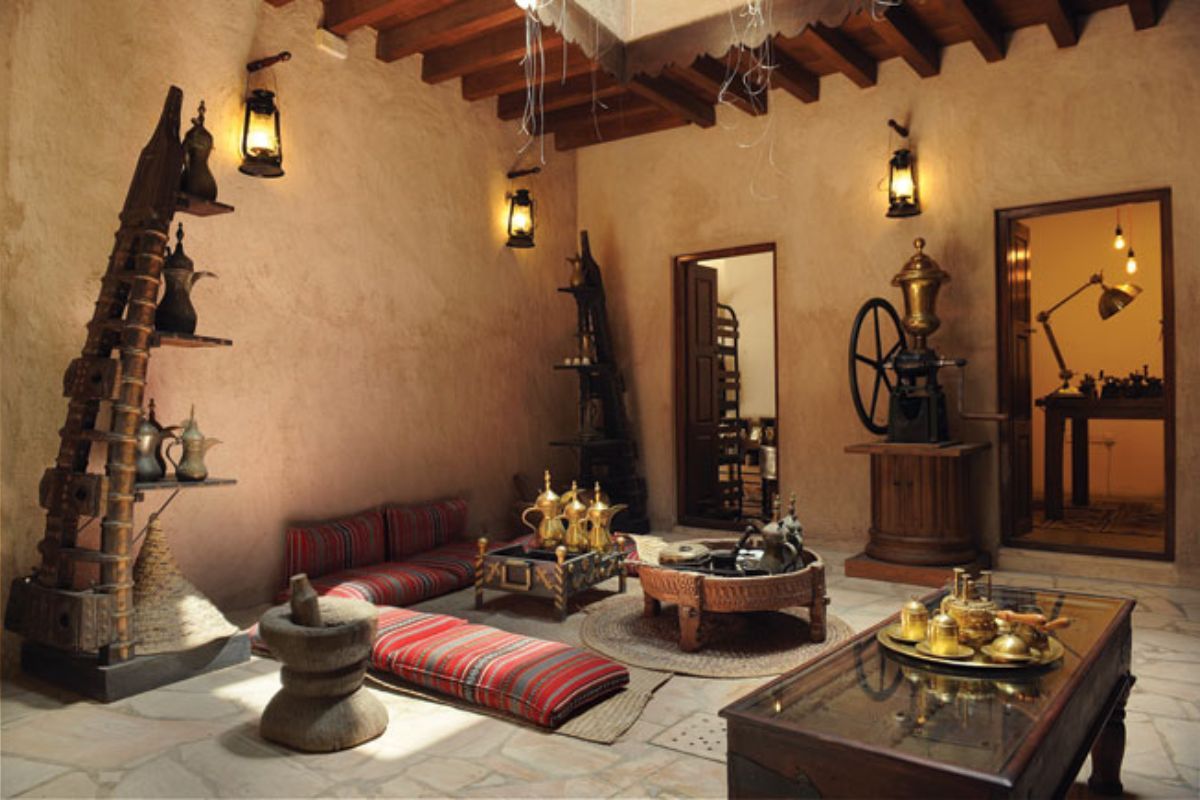
These attractions offer insights into regional coffee traditions and Dubai's maritime history, respectively, enriching visitors’ understanding of local culture and lifestyle.
Each of these collectively narrates the story of Dubai Creek, from its humble beginnings to its current status as a cosmopolitan metropolis, making it an unmissable destination for anyone visiting the city.
FAQ's
Why Visit Dubai Creek?
Dubai Creek is a historically significant and picturesque site, boasting attractions such as Dubai Creek Park, Abra Creek Crossing, Al Seef, Dubai Creek Golf & Yacht Club, and the vibrant Gold, Spice, and Textile Souks.
How to Reach Dubai Creek?
Accessible from any part of Dubai, key routes include Al Garhoud Bridge, Al Maktoum Bridge, and Business Bay Bridge. From Deira, you can take a bus, ferry, or metro.
What is the Ancient Name for Dubai Creek?
The Ancient Greeks called it River Zara.
Difference Between Deira and Bur Dubai?
Both are parts of Old Dubai, Deira is bordered by the Arabian Gulf, Sharjah, and Dubai Creek, while Bur Dubai is on the creek’s western bank.
Best Hotels Near Dubai Creek?
Top hotels include:
- Sheraton Dubai Creek & Towers
- Hyatt Regency Dubai Creek Heights Residences
- Jumeirah Creekside Hotel
- Golden Sands-Dubai Creek, Raffles Dubai
- Crowne Plaza Dubai Festival City
- Radisson Blu Hotel
- Dubai Deira Creek
- XVA Art Hotel
- York International Hotel
- Ascot Hotel.
Things to Do at Dubai Creek?
Enjoy family outings at Creek Park Dubai, golf at Dubai Creek Golf & Yacht Club, dine on Bateaux Dubai, explore museums and souks, and take boat rides.
Location of Dubai Creek Harbour?
Situated in the Ras Al Khor area, opposite Al Jaddaf in Bur Dubai.
Nightlife at Dubai Creek?
The area comes alive at night with trendy restaurants, bars, and entertainment venues, especially in the Al Seef development.
Is Dubai Creek Man-Made?
It's a natural waterfront that was expanded in 1955 to facilitate transport and trade.
Also Read:
